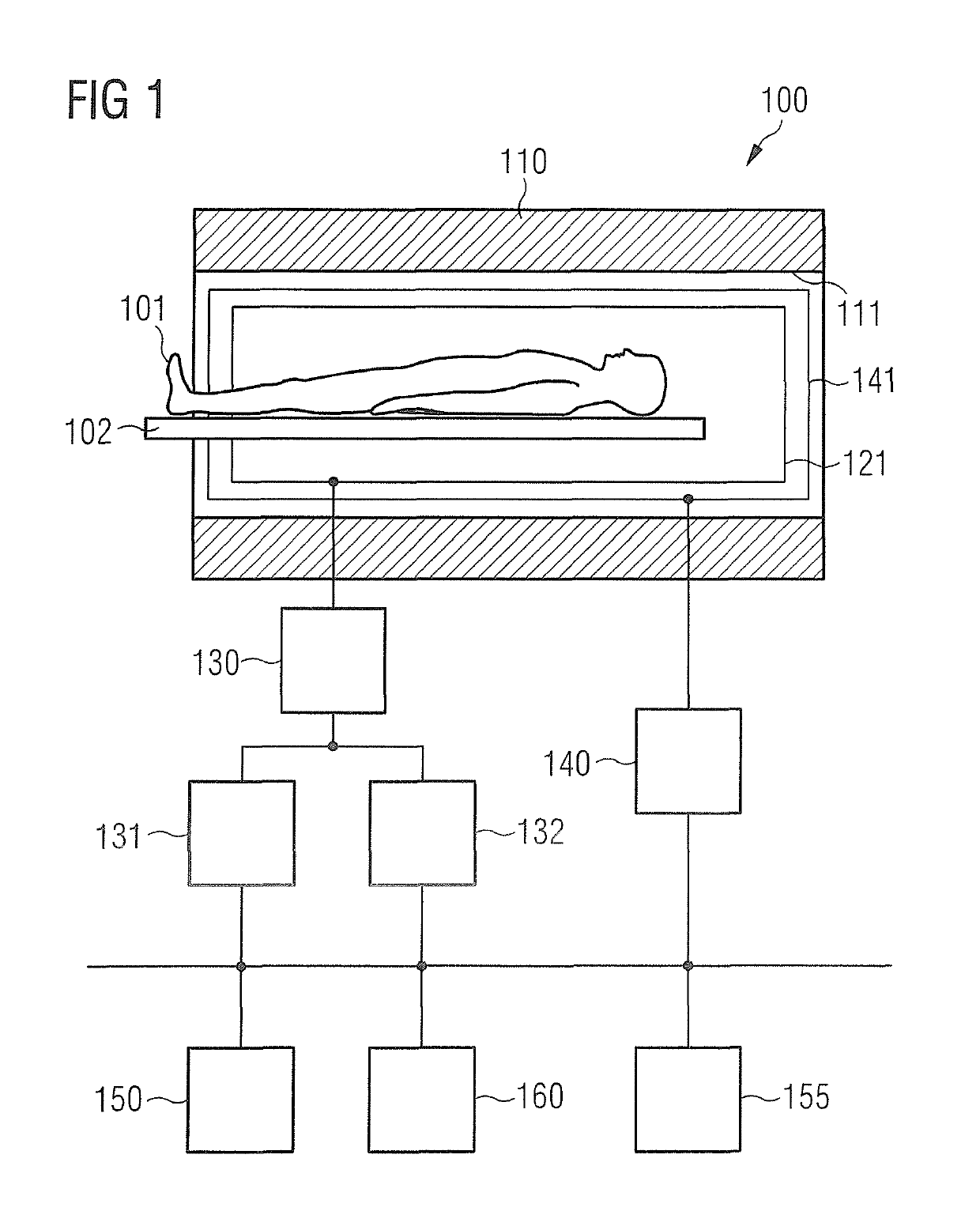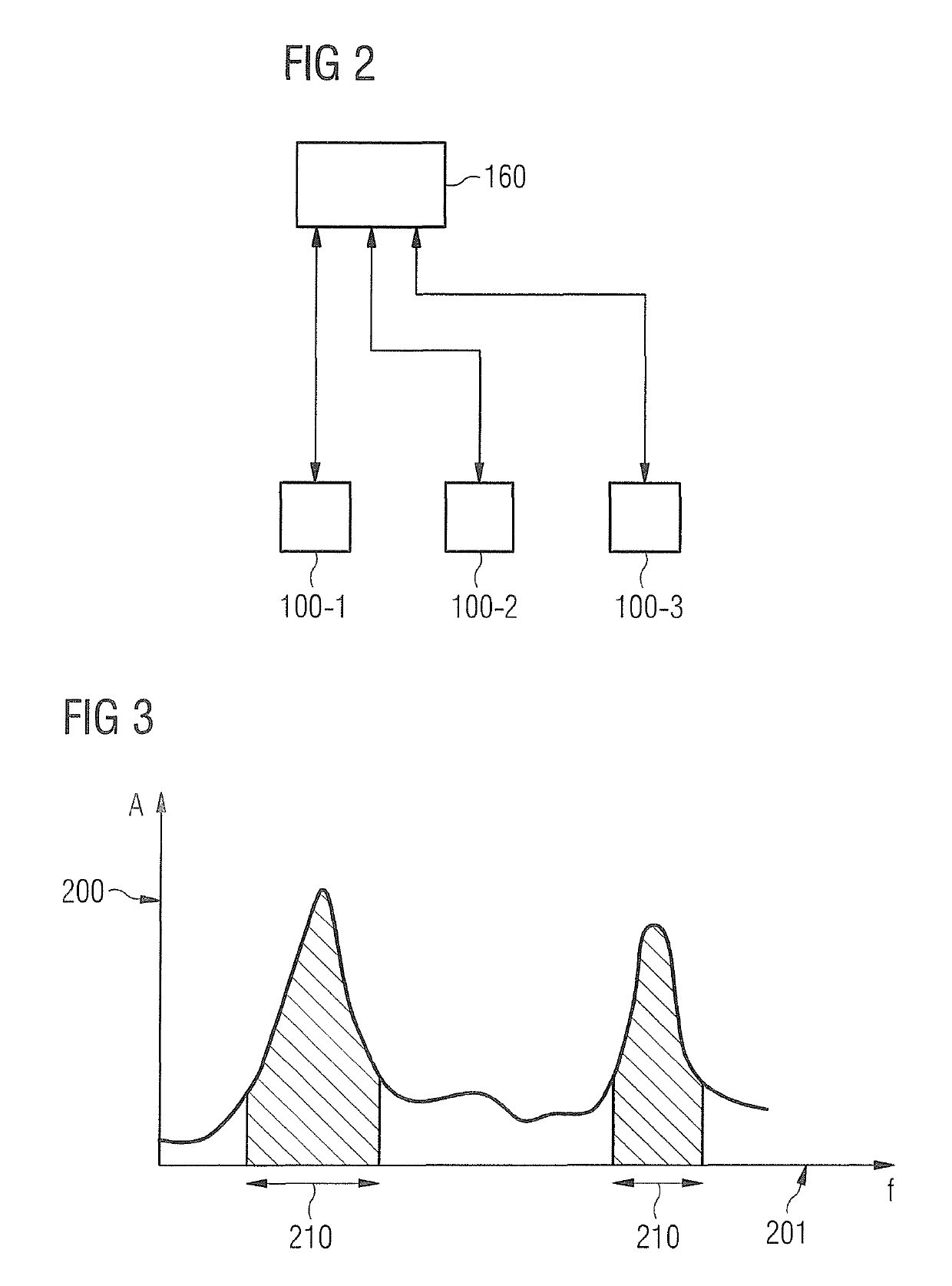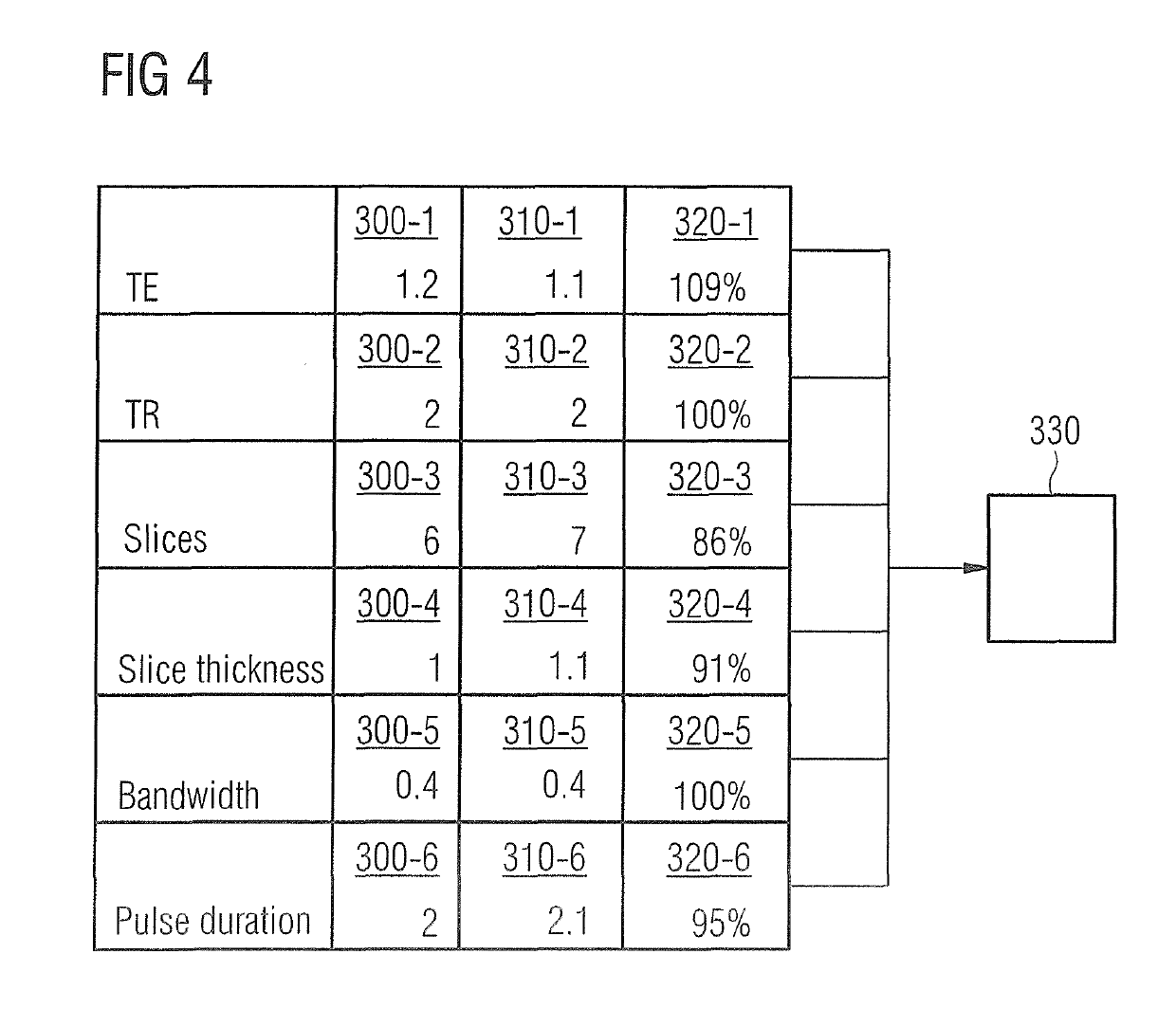Frequency monitoring of gradient pulses during magnetic resonance imaging
a magnetic resonance imaging and pulse technology, applied in the field of frequency monitoring of gradient pulses during magnetic resonance imaging, can solve the problems of significant mechanical force influences in the gradient system, significant technical problems, and correspondingly rapid change of gradient fields employed, and achieve precise prospective frequency monitoring, large influence on the increase of mechanical force flow, and the effect of carrying ou
- Summary
- Abstract
- Description
- Claims
- Application Information
AI Technical Summary
Benefits of technology
Problems solved by technology
Method used
Image
Examples
Embodiment Construction
[0038]The present invention is explained in greater detail below on the basis of preferred forms of embodiment which refer to the drawings. In the figures the same reference characters designate the same or similar elements. The figures are schematic representations of different forms of embodiment of the invention. Elements presented in the figures are not necessarily presented true-to-scale. Instead the various elements shown in the figures are reproduced such that their function and general purpose is understandable to the person skilled in the art. Connections and couplings between functional units shown in the figures can also be implemented as indirect connections or couplings. A connection or coupling can be implemented hard-wired or wirelessly. Functional units can be implemented as hardware, software or as a combination of hardware and software.
[0039]Techniques for frequency monitoring of a timing sequence of gradient pulses in MR imaging are explained below. Before an MR m...
PUM
 Login to View More
Login to View More Abstract
Description
Claims
Application Information
 Login to View More
Login to View More - R&D
- Intellectual Property
- Life Sciences
- Materials
- Tech Scout
- Unparalleled Data Quality
- Higher Quality Content
- 60% Fewer Hallucinations
Browse by: Latest US Patents, China's latest patents, Technical Efficacy Thesaurus, Application Domain, Technology Topic, Popular Technical Reports.
© 2025 PatSnap. All rights reserved.Legal|Privacy policy|Modern Slavery Act Transparency Statement|Sitemap|About US| Contact US: help@patsnap.com



